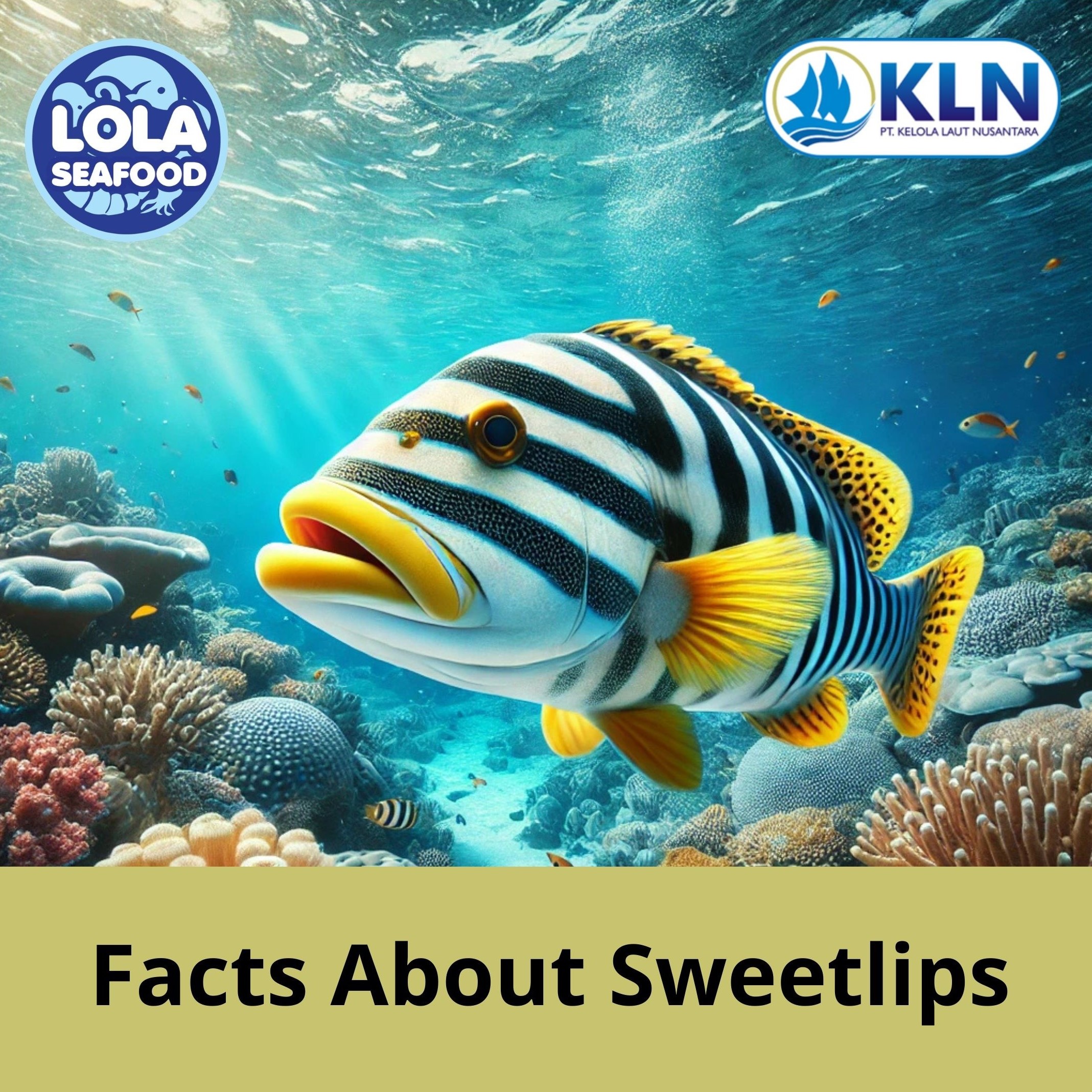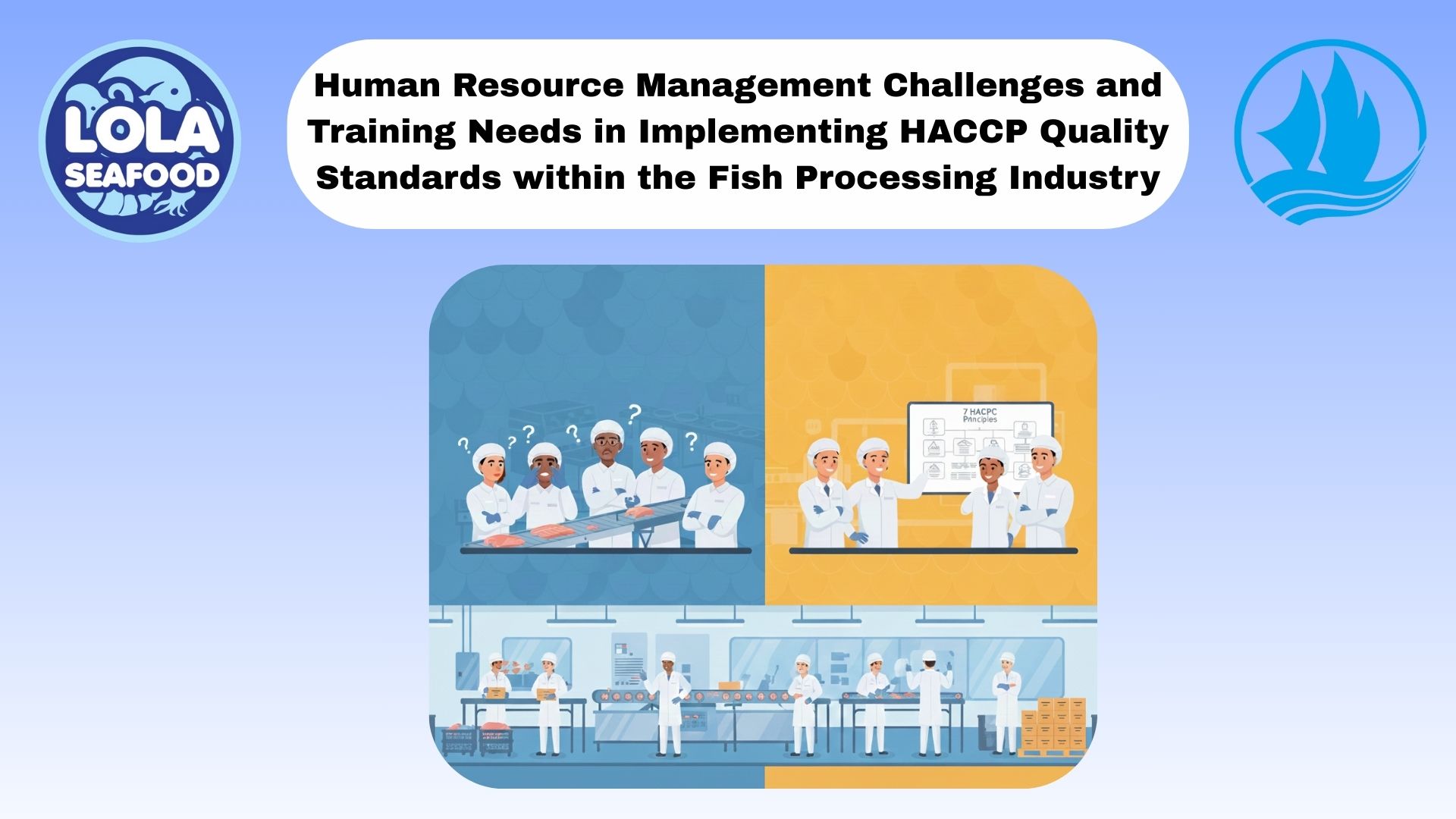Things You Need to Know About Sweetlips
By. Puji Widyastuti - 13 Feb 2025
kelolalaut.com Sweetlips are a fascinating and colorful group of fish that belong to the family Haemulidae. Known for their distinctive, thick lips and striking patterns, sweetlips are often found in tropical and subtropical waters around the world. These fish are popular in the aquarium trade and are also valued by anglers. If you're interested in learning more about sweetlips, here are some key things you need to know.
1. Physical Appearance
Sweetlips are easily recognizable due to their unique physical traits. They have large, fleshy lips, which is the feature that gives them their name. Their body is usually elongated, and they come in a variety of bright colors, including yellow, orange, and white, with distinctive patterns of spots or stripes. Depending on the species, their appearance can vary, but they all share the characteristic large lips. These vibrant colors make them a popular choice in aquariums.
2. Habitat and Distribution
Sweetlips are found in the Indo-Pacific region, particularly in coral reef environments. They are commonly seen in areas with clear, warm waters, such as around the coasts of Australia, the Philippines, and the Indian Ocean. Some species of sweetlips can be found in deeper waters, but most prefer shallow reefs where they can find shelter and food.
3. Diet and Feeding Habits
Sweetlips are omnivorous and have a varied diet. They primarily feed on small invertebrates, crustaceans, mollusks, and occasionally algae. Their thick lips help them to easily manipulate their food, often allowing them to sift through sand and rocks in search of prey. Sweetlips are also known to be opportunistic feeders, taking advantage of food sources that are abundant in their environment.
4. Behavior and Social Structure
Sweetlips are generally peaceful and social fish. They often form small groups, particularly during the juvenile stage, but as they mature, they may become more solitary. Despite their social nature, they tend to keep to themselves when foraging for food. Their calm demeanor makes them an interesting and non-aggressive species in both wild and aquarium settings.
5. Conservation and Threats
While sweetlips are not currently considered endangered, their populations can be affected by overfishing, habitat destruction, and climate change. Coral reefs, which are vital to the survival of sweetlips, are facing significant threats from pollution, ocean acidification, and rising sea temperatures. It’s important to protect these ecosystems to ensure the continued survival of sweetlips and other reef-dwelling species.
6. Aquarium Trade
Sweetlips are a popular choice for saltwater aquariums due to their vibrant colors and unique appearance. However, they require a large tank and specific care to thrive in captivity. They need plenty of swimming space, stable water conditions, and appropriate tankmates. If properly cared for, sweetlips can live for many years in an aquarium setting.
If youre interested in our Sweetlips Fillet Skinless, Sweetlips Fillet Skin On, Sweetlips Whole Round / Whole Gilled Gutted Scaled please do not hesitate to contact us through email and/or whatsapp.
 and Employee Productivity on the Demersal Fish Processing Floor.jpg)
The Correlation Between Occupational Health and Safety (OHS) and Employee Productivity on the Demersal Fish Processing Floor

Human Resource Management Challenges and Training Needs in Implementing HACCP Quality Standards within the Fish Processing Industry

The Legal Shark Value Chain: Identifying Critical Control Points for Cost Efficiency and Value Enhancement from Catch to Consumer

Global Trust Across Three Segments: How the HACCP System Ensures Premium Quality for Demersal, Pelagic Fish, and Legal Shark Product Utilization
.jpg)


 in Meeting Global Protein Demand Sustainably.jpg)
